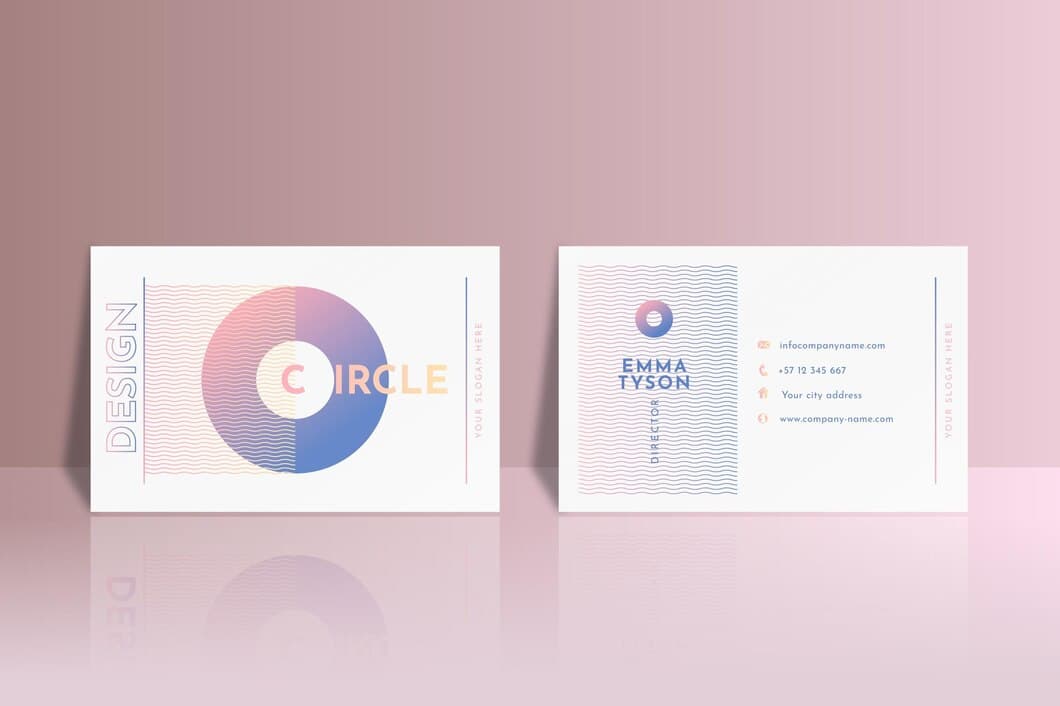1. What Is The Biggest Brand In History?

Identifying the biggest brand in history presents a challenge due to the multifaceted nature of brand measurement and the constant evolution of the business landscape. Factors such as brand awareness, market share, customer loyalty, and financial performance all contribute to the definition of a brand's prominence, and these factors can vary across industries and time periods.
Furthermore, the concept of a "biggest" brand is subjective and may depend on the specific criteria used for comparison. Some brands may have a dominant position in a particular market or industry, while others may have a broader reach across multiple markets. Additionally, the impact of a brand can extend beyond its financial value to include cultural influence and social impact.
2. What is a brand?
A brand is a name, term, design, symbol, or any other feature that identifies one seller's product or service as distinct from those of other sellers.
Brands are used to identify a particular product or service and to differentiate it from other similar products or services.
Brands can be created through a variety of means, including advertising, public relations, and word-of-mouth.
A strong brand can help a company to increase sales, build customer loyalty, and create a positive reputation.
3. How is brand size determined?

4. What factors contribute to brand size?
One of the biggest factors contributing to brand size is the marketing budget and the ability of a company to advertise and reach a large audience. For example, Coca-Cola has a huge marketing budget and their advertising is seen all around the world, which helps them stay at the top of mind for consumers and continue to grow their brand size.
Another factor that contributes to brand size is customer loyalty. The more customers who are loyal to a brand, the bigger that brand will become. Brands build loyalty by creating products that customers love and providing great service so that customers keep coming back. Apple is a good example of a brand with a loyal customer base. Their customers are often willing to pay a premium for Apple products because they love the brand and trust the quality of their products.
5. Historical evolution of the biggest brands

As the years have passed, the biggest brands have undergone a remarkable evolution. Take Coca-Cola, for example, which started as a modest drink in 1892 and has since become a global icon. Similarly, Apple, founded in 1976, has revolutionized the tech industry with its innovative products and services.
Other notable historical evolutions include McDonald's, which began as a single restaurant in 1940 and is now the world's largest fast-food chain; Amazon, which started as an online bookstore in 1994 and has grown into an e-commerce giant; and Google, which was founded in 1998 and has become the most popular search engine in the world.
6. Impact of technology on brand size
The internet has leveled the playing field for businesses of all sizes, allowing small businesses to reach a global audience that was once only available to large corporations. The ability to market and sell products and services online has made it possible for small businesses to compete with large brands on a more level playing field. Technology has also made it easier for small businesses to build customer relationships through social media and email marketing. By fostering a sense of community and loyalty among their customers, small businesses can create a sustainable competitive advantage over larger brands.
As technology continues to evolve, it is likely that we will see an even greater impact on brand size. The rise of artificial intelligence (AI) and the Internet of Things (IoT) will create new opportunities for businesses to connect with customers and build relationships. Brands that are able to harness the power of technology will be well-positioned to succeed in the future.
In conclusion, the impact of technology on brand size is significant. Technology has made it possible for small businesses to compete with large brands on a more level playing field. As technology continues to evolve, it is likely that we will see an even greater impact on brand size. Brands that are able to harness the power of technology will be well-positioned to succeed in the future.
7. Future trends in brand size
The size and reach of brands will continue to grow in the future. This is due to a number of factors, including the increasing globalization of markets, the rise of social media, and the growth of e-commerce. As brands become more global, they will need to adapt their products and services to meet the needs of consumers in different countries. Social media will also continue to play a major role in brand growth, as it allows brands to connect with consumers directly and build relationships with them. E-commerce will also continue to grow, providing brands with new opportunities to reach consumers.
There are a number of trends that are likely to shape the future of brand size. One trend is the increasing focus on sustainability. Consumers are becoming more concerned about the environmental and social impact of their purchases, and brands that are seen as sustainable are likely to be more successful in the future. Another trend is the rise of personalized marketing. Brands are increasingly using data to tailor their marketing messages to specific consumers, and this trend is likely to continue in the future.
The future of brand size is bright. As brands become more global, more connected, and more personalized, they will have more opportunities to reach and engage with consumers. Brands that are able to adapt to these trends will be well-positioned for success in the future.
As brands continue to grow and evolve, it is important to remember the importance of staying true to their core values. Brands that are able to do this will be able to build lasting relationships with consumers and achieve long-term success.
8. Case studies of the biggest brands
When looking at the biggest brands in history, it's important to consider a number of factors, including brand value, brand recognition, and brand loyalty. Some of the biggest brands in the world include Apple, Google, Amazon, Microsoft, and Coca-Cola. These brands have all achieved tremendous success through a combination of innovation, marketing, and customer service.
One of the key factors that has contributed to the success of these brands is their ability to create a strong emotional connection with consumers. They have done this by creating products and services that are not only functional but also emotionally appealing. For example, Apple products are known for their sleek design and user-friendly interface, while Coca-Cola is known for its refreshing taste and nostalgic appeal.
Another important factor that has contributed to the success of these brands is their ability to adapt to changing consumer needs. As consumers' needs have evolved, these brands have been able to innovate and develop new products and services that meet those needs. For example, Apple has been able to consistently release new products that are both innovative and appealing to consumers, while Coca-Cola has been able to adapt its marketing strategy to reach new consumers in emerging markets.
9. Lessons learned from the biggest brands
The biggest brands in history have a lot to teach us about marketing. They've mastered the art of connecting with customers, building relationships, and staying relevant. By studying their success, we can learn valuable lessons that can help us grow our own businesses.
One of the most important lessons we can learn from the biggest brands is the power of branding. Branding is more than just a logo or a name; it's the entire experience that a customer has with your company. It's how your company makes them feel, and what they think of when they hear your name. The biggest brands have a strong brand identity that is consistent across all channels, from their website to their social media presence.
Another important lesson we can learn from the biggest brands is the importance of customer service. Customers are the lifeblood of any business, and the biggest brands know that. They go above and beyond to provide excellent customer service, and they make it easy for customers to get in touch with them. The biggest brands also value their customers' feedback, and they use it to improve their products and services.
10. Ethical considerations in brand building
Ethical considerations are vital in brand building, ensuring that a company's values align with the needs and wants of consumers while fostering a positive brand reputation.
By embracing ethical practices, brands can build trust and loyalty among consumers, who increasingly expect businesses to operate in a responsible and sustainable manner.
Transparency and honesty are paramount, as consumers value authenticity and genuineness in branding.
Brands should also strive to minimize their environmental impact and promote social responsibility initiatives to align with consumer values and expectations.
Frequently Asked Questions
What is the largest company by revenue?
Apple Inc. is the largest company by revenue, with a revenue of $365.82 billion in 2022.
What is the most valuable company?
Apple Inc. is the most valuable company, with a market capitalization of $2.65 trillion as of 2023.
What is the oldest company?
Kongō Gumi, a Japanese construction company, is the oldest company, founded in 578 AD.
What is the most profitable company?
Saudi Aramco, a Saudi Arabian oil company, is the most profitable company, with a net income of $110.0 billion in 2022.
To Sum Up
To summarize, determining the biggest brand in history is a multifaceted question influenced by various factors. Brands such as Coca-Cola, Apple, Amazon, and Google have consistently ranked among the world's most valuable brands. However, their dominance varies across industries and regions.
Ultimately, the notion of the biggest brand is subjective and depends on the parameters used for evaluation. Different metrics, including brand equity, market share, and customer loyalty, can lead to varying conclusions. Nonetheless, the brands mentioned above have undoubtedly made a significant impact on global commerce and consumer culture.